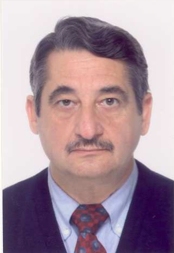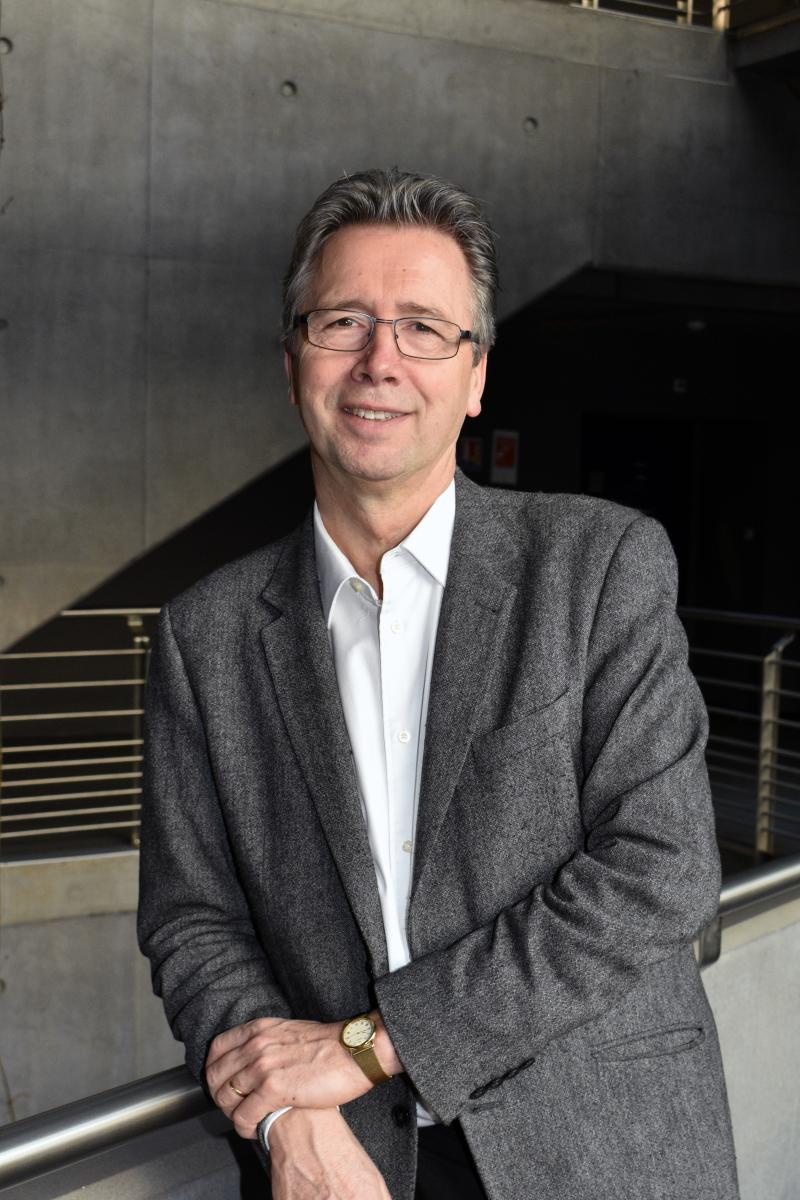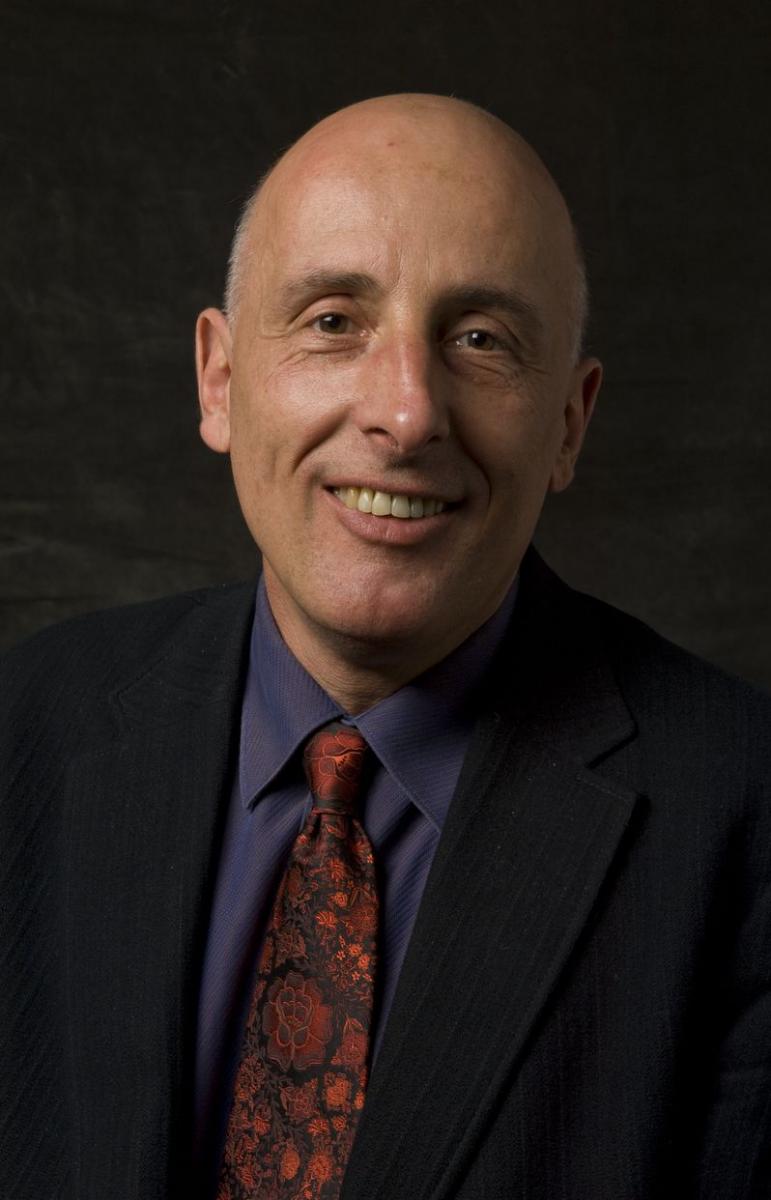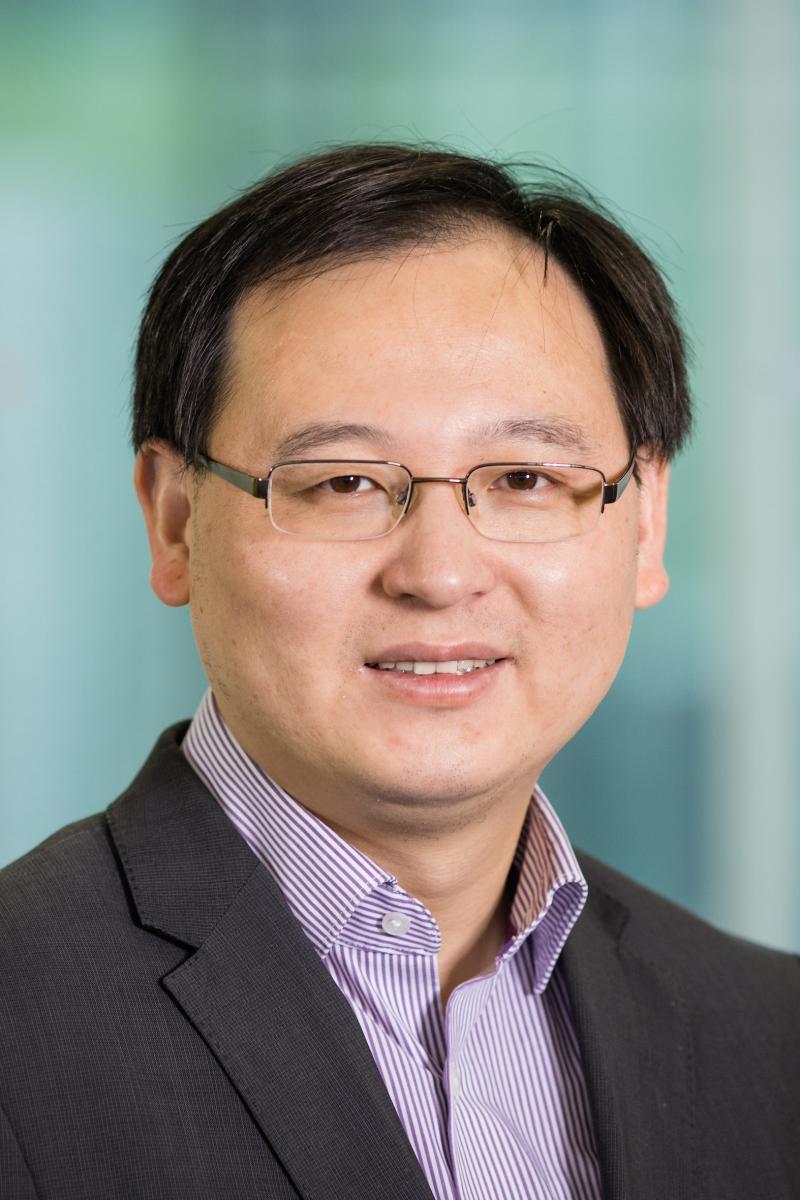Plenary session
The scientific program is complemented by the plenary session, taking place on Wednesday afternoon June 20, with three outstanding speakers, Prof. Thomas Ebbesen, ISIS, Université de Strasbourg & CNRS, Prof. Michel Menu, C2RMF, Paris, France and Prof. Xinliang Feng, TU Dresden, Germany, EU-40 Materials Prize Winner.
The program will include the ceremony to award the E-MRS 35th Anniversary prize recognizing the career contribution of a scientist to fundamental understanding of the science of materials through experimental and/or theoretical research.
This session will continue with the EU-40 Materials Prize. The latter is a prestigious prize awarded to researchers under 40 who are showing exceptional promise for leadership and have made outstanding and innovative contributions to Materials Research in Europe. The award is reserved to researchers showing exceptional promise as leaders in the materials science having performed the research for which this prize is awarded while working in Europe.
The presentation of the Graduate Students Awards will conclude the plenary session.
Program:
16:15 - 16:30
 |
Welcome address George Kiriakidis |
16:30 - 17:10 35th Anniversary Award
 |
Light-Matter Interactions in a Material Science Perspective
Thomas Ebbesen |
|
|
Light-matter interactions are at the heart of stability of matter and many properties we take for granted. For instance, Van der Waals forces can arise from the coupling between molecular dipoles and electromagnetic vacuum fluctuations. When such interactions become strong enough, a new regime arises characterized by the formation of hybrdid light-matter states. This is the so-called strong coupling regime which leads to fundamental changes in material properties. After introducing the fundamental concepts, examples of modified material properties such as conductivity, energy transport and chemical reactivity will be presented. |
||
|
|
||
17:10 - 17:50
 |
Materials science applied down to the nanoscale: Michel Menu |
|
|
Physical-chemistry is a gateway to uncover the gems hidden within artworks; a wealth of information lies beneath their surface. Analytical laboratories have the responsibility to answer questions put forth by curators and art historians regarding the authentication, attribution and conservation of their works of art. Conservation scientists put their effort on the understanding of materials and their transformations. Laboratories implement cutting-edge methods to examine and analyze, down to the nanometric scale, the matter art objects are made of. Crucial issues consist in the precious character of art object and their composition, often a combination of various materials. In order to overcome the first constraint, one develops non-invasive analytical techniques and if sampling is possible, it is always minute taking care of its representativeness. Likewise to achieve a total analysis of hybrid works of art, one have to combine several complementary methods. Among the different analytical methods, the C2RMF possesses and develops a 2-MV particle accelerator analytical system called AGLAE, to carry out non-invasive, elemental analysis of precious museum objects. Thanks to analytical data banks, the amounts and combinations of elements an object or part of an object contains can serve as a distinctive fingerprint hinting, for example, at where minerals were mined or when an item was made. Laboratories promote currently the development of chemical and multiscale imaging methods multispectral/hyperspectral and 2D XRF imaging for painting examination. Finally, from samples taken from art objects one requires also synchrotron facilities, giving preference to platforms combining X-ray and infrared microprobes, for characterization of elements, species, molecular groups and crystalline structures in these complex materials. Examples will be used to illustrate how to rediscover the artists’ thought process, what are the optimum preservation conditions for cultural heritage artefacts. |
||
17:50 - 18:30 EU-40 Materials Prize Winner
 |
Towards Synthetic Two-Dimensional Soft Materials: A Fascinating Materials World
Xinliang Feng |
|
|
In the past decade, as inspired by the discovery of graphene, two-dimensional (2D) materials which possess a periodic network structure and with a topographical thickness of atomic/molecular level, have emerged as the new paradigm of materials with enormous potentials, ranging from electronics and optoelectronics to energy technology, membrane, sensing and biomedical applications. Various fabrication strategies have been developed to attain high quality 2D materials. Among of them, mechanical exfoliation remains the most popular protocol to isolate single-layer high quality 2D materials for fundamental physical studies. In contrast to the tremendous exploration of graphene and 2D inorganic materials such as metal dichalcogenides, boron nitride, black phosphorus, metal oxides and nitrides, the study on 2D soft material systems including the bottom-up organic synthesis of graphene, 2D metal-organic frameworks, 2D polymers/supramolecular polymers as well as supramolecular approach to 2D organic nanostructures remains under development. In this lecture, we will present our recent efforts on the bottom-up synthetic approaches towards novel organic 2D materials with structural control at the atomic/molecular-level or at the meso-scale. First, we will present the solution synthesis of 2D sp2-carbon based conjugated polymer frameworks as the new generation conjugated covalent-organic frameworks. Second, we will introduce the latest development on the synthetic 2D conjugated polymers including 2D Schiff-base type covalent polymers and 2D metal-dithienene/diamine coordination supramolecular polymers at the air-water or liquid-liquid interfaces. The resulting 2D conjugated polymers exhibit single- to multi-layer feature, good local structural ordering and with a large size. The functional exploration of such 2D conjugated (coordination) polymers for the electrical and mechanical properties, as well as serving as efficient electrocatalytic water splitting catalysts will be demonstrated. Third, we will introduce the self-assembly of a host-guest enhanced donor-acceptor interaction, consisting of a tris(methoxynaphthyl)-substituted truxene spacer, and a naphthalene diimide substituted with N-methyl viologenyl moieties as donor and acceptor monomers, respectively, in combination with cucurbit[8]uril as host monomer toward monolayers of an unprecedented 2D supramolecular polymers at liquid-liquid interface. Finally, we will present the supramolecular approaches to synergistically control the multi-component assembly, which results into 2D conducting polymers, such as polypyrrole and polyaniline nanosheets featuring 2D structures and with adjustable mesopores with/without on various functional free-standing surfaces. The unique structure with adjustable pore sizes (5–20 nm) and thickness (35–45 nm), enlarged specific surface area as well as high electrical conductivity make 2D conducting polymers promising for a number of applications. The future perspective and outlook regarding the goal towards highly crystalline organic 2D materials will be also provided. |
||
|
|
||
